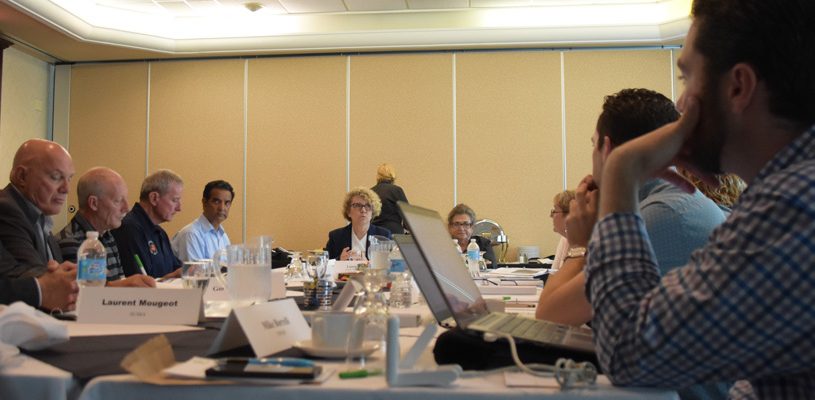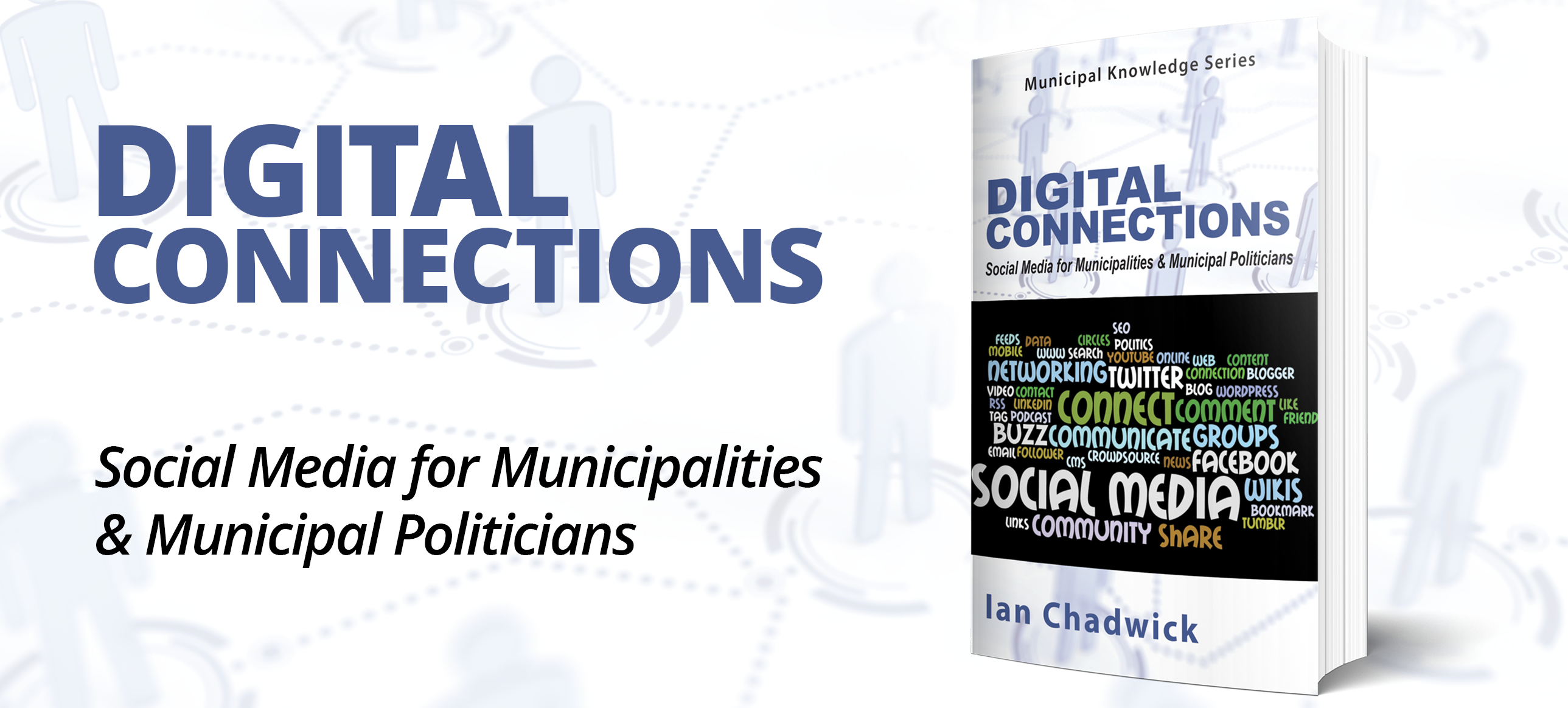The Nuclear Waste Management Organization

Collaboratively implementing Canada’s plan for the safe, long-term management of used nuclear fuel
Ontario is home to a thriving nuclear sector – one that has delivered safe, emission-free power to households, businesses, and municipalities for decades.
A critically important aspect of the nuclear fuel cycle is the safe, long-term management of used nuclear fuel, which is the by-product of electricity generated by nuclear power plants. In Canada, it is safely managed on an interim basis in licensed facilities at the nuclear reactor sites.
Taking responsibility for the safe, long-term management of Canada’s used nuclear fuel is the mandate of the Nuclear Waste Management Organization (NWMO). The NWMO was created by the owners of Canada’s used nuclear fuel after the passing of the federal Nuclear Fuel Waste Act in 2002.
“Since our earliest days,” says Dr. Mahrez Ben Belfadhel, Vice-President of Site Selection at the NWMO, “the participation of municipalities and municipal leaders, and the input they have provided, have been indispensable to the work of developing and implementing a plan that protects people and the environment.”
Community-Driven Process
Canada’s plan emerged from a three-year dialogue with citizens. Through this dialogue, citizens said they want this generation to take action on used nuclear fuel, rather than leave it as a burden for future generations. The plan calls for the long-term isolation of used nuclear fuel in a deep geological repository in an area with a supportive partnership involving municipalities and Indigenous communities.
The multi-year, community-driven process of selecting a site began in 2010. By 2012, 22 communities had expressed interest in learning more and in exploring the possibility of hosting the project in their area. From those initial 22 communities, the NWMO has narrowed its focus to five areas around the Ontario communities of Hornepayne, Huron-Kinloss, Ignace, Manitouwadge, and South Bruce, while also advancing relationships with neighbouring communities, and First Nation and Métis communities in these areas.
All this would not have been possible without the leadership of municipalities and municipal leaders. The project will only be implemented in partnership with the municipality and with First Nation and Métis communities in an area.
Ear Falls, Ontario was one of the original communities that expressed interest in learning more about Canada’s plan.
“Ear Falls was proud to be one of the communities in the site selection process, and our voice helped define how the safety of this project will need to be demonstrated to Canadians,” says Ear Falls Mayor Kevin Kahoot. “Working collaboratively with the NWMO for more than four years, we built knowledge and also furthered our community’s wellbeing, using resources available through the NWMO.”
NWMO’s Municipal Forum
Although no longer part of the siting process, Mayor Kahoot continues to participate as a Northern Ontario Municipal Association (NOMA) representative on the NWMO’s Municipal Forum. This forum brings together representatives of municipal associations in provinces involved in the nuclear fuel cycle and is an important source of advice and guidance about how to engage and learn from municipalities.
“We are grateful for the outstanding leadership communities have shown on behalf of Canadians through their involvement in this process,” said Dr. Belfadhel. “As we work toward identifying a single, safe site in an area with an informed and willing host, the deep connections we have made with individuals and Canadians continue to guide our work.”
Canada’s plan is on track. By working together with municipal and Indigenous communities, we are gaining momentum toward identifying a preferred site for the long-term management of Canada’s used nuclear fuel by 2023.
Michael Borrelli is Senior Advisor, Municipal Relations for the Nuclear Waste Management Organization.
as published in Municipal World, November 2018



